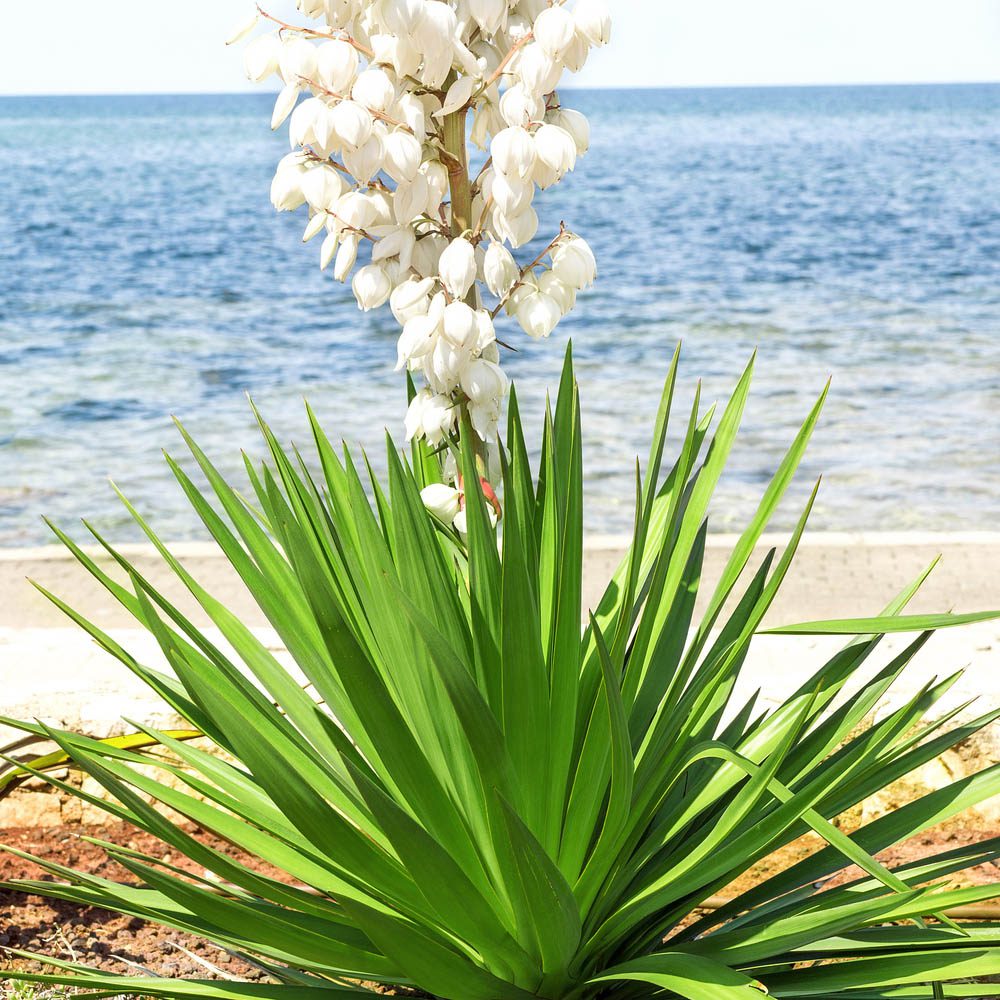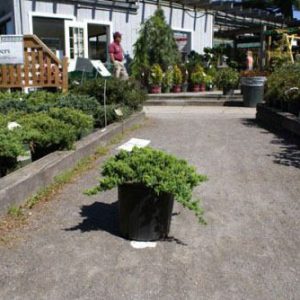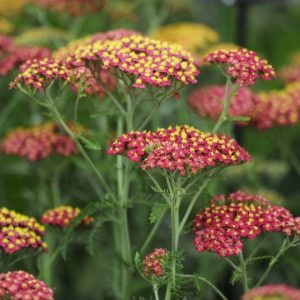Description
Yucca – Hesperoyucca –
This genus is made up of about 40-50 slow growing, rosette forming or woody-based perennials (some species monocarpic), evergreen shrub and erect, eventually spreading, evergreen trees within the Agavaceae family. They naturally occur in hot, dry, places, such as deserts, and dunes, and plains, in North and Central America and the West Indies. They are grown for their bold, sword shaped, neatly or loosely rosette leaves, and for their erect or rarely, pendent panicles of bell to cup shaped to hemispherical, cream or white flowers. Use as architectural specimens in a boarder or courtyard, or in containers. Where not hardy, grow as a houseplant.
Under glass, grow in soil based potting mix in full light. When in growth, water moderately and apply a balanced liquid fertilizer monthly. Water sparingly in winter. Outdoors, grow in any well-drained soil including poor sandy soil, in full sun. Remove spent flowering stems.
Prone to cane borers, scale insects, and fungal leaf spots.
Y. gloriosa – Spanish dagger – Mound Lily – Candle Yucca – Palm lily – Roman Candle – This erect shrub or small tree from Southeast USA grows 6-8’ feet tall and wide. It produces terminal tufts of sword shaped, stiffly pointed, arching, leaves, to 24” long, blue green maturing to dark green, with smooth to having, few toothed edges. From mid to late summer, produces pendent, bell shaped, sometimes purple tinged, white flowers, 2” long, in upright panicles, to 8’ feet long.
Zones 6-11





